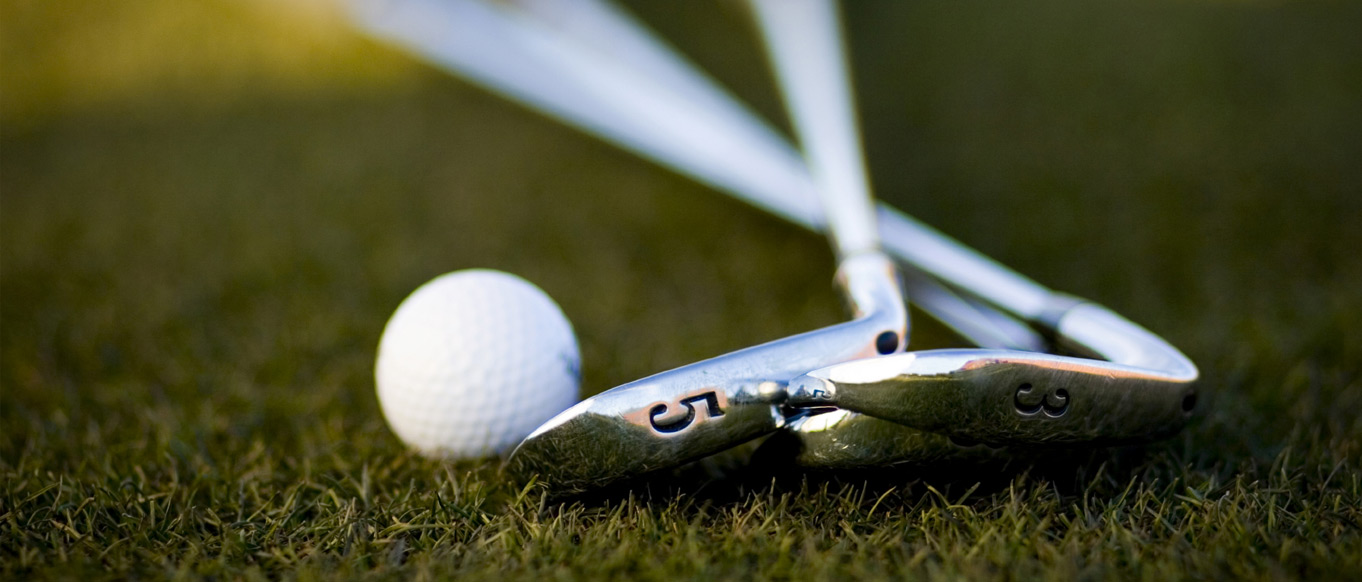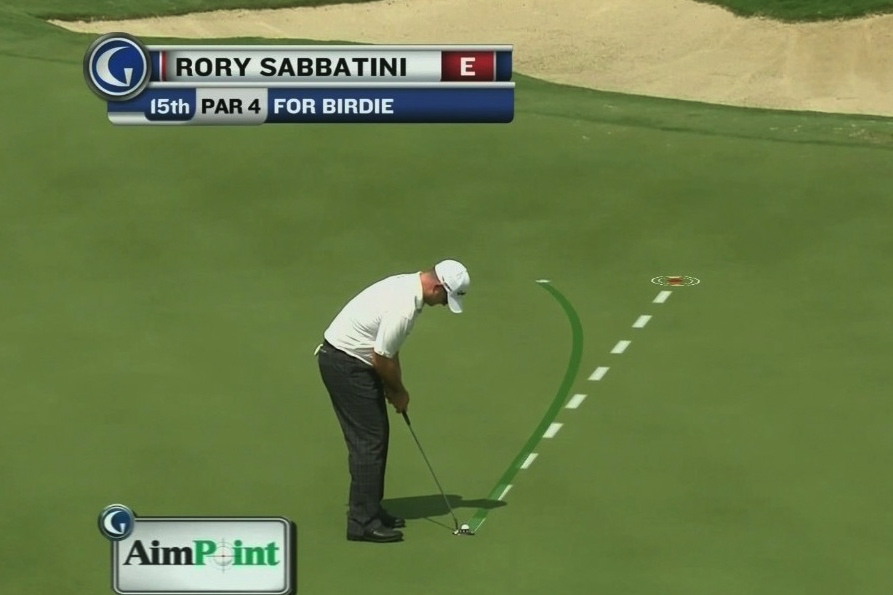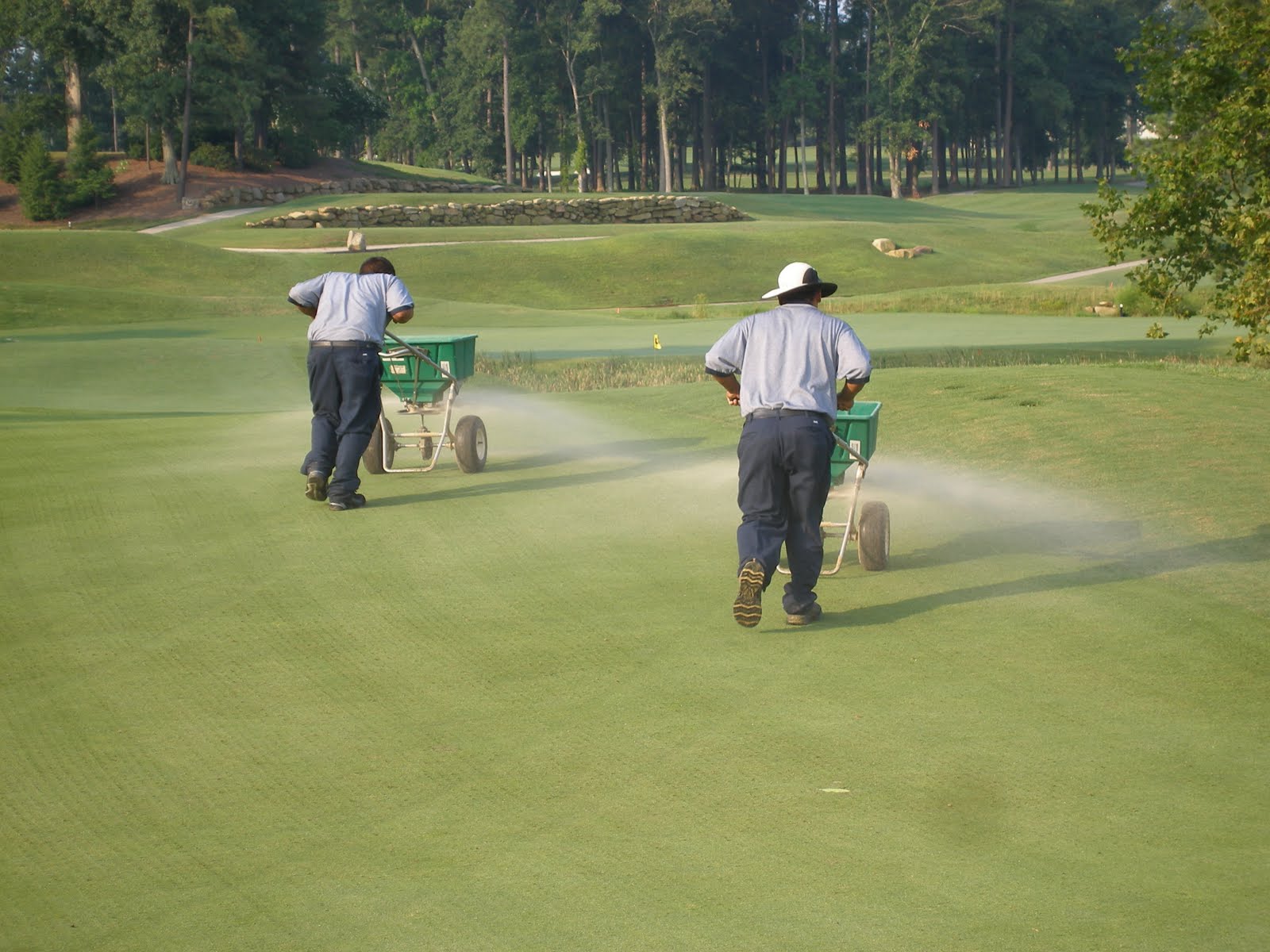
Think of the shaft as the engine of the golf club. You are swinging the club at 50, 70, or 120 mph and without the right shaft, there is little chance that you can return that club head to the ball consistently. An ill-fitted shaft will twist and bend during your swing in ways that make it nearly impossible to strike the ball squarely with any regularity. Look at slow motion golf swings on the internet and note how much a shaft will torque during the swing and that should confirm in your mind the need to have the right shaft in your clubs.
If you like this or any other article here on Greenskeeper.org be sure to “share it” with the buttons below!
Stock Shafts vs. After-Market Shafts
You’ll hear people ask if a shaft is “stock” or “after market.” What does this mean? A stock shaft is a shaft that comes standard in a golf club that you can purchase off-the-rack at any golf store. An after-market shaft refers to a shaft purchased separate from a club that typically requires a club builder to install it for you. Often you will see a high-end, after-market brand on your stock driver, but don’t think you just got a $300 driver shaft in your $299 driver purchase. The stock versions of these shaft brands are not constructed the same nor do they perform the same as their after-market cousins. See the image below for the real Matrix Ozik Xcon shaft (top) and the Taylor Made version of it.
 On rare occasions, a true high-end shaft will be offered stock in golf clubs, but consumers generally won’t know one way or the other. The paint scheme on the stock shaft will be different, but the construction of the shaft may in fact be the real deal. Again, this is the rare exception to the rule and you’ll need to consult with your local club fitter to get the straight scoop.
On rare occasions, a true high-end shaft will be offered stock in golf clubs, but consumers generally won’t know one way or the other. The paint scheme on the stock shaft will be different, but the construction of the shaft may in fact be the real deal. Again, this is the rare exception to the rule and you’ll need to consult with your local club fitter to get the straight scoop.
Do I Need an After-Market Shaft?
The answer to this question varies. In irons, stock steel shafts are typically the same version as the after-market option. A club fitting can determine if you fit into a shaft offered stock in the club head that best suits your swing. Sometimes your swing may be best suited to an after-market shaft not offered by the manufacturer of the club you hit the best. Only a fitting can determine this.
With hybrids, fairway woods, and drivers, after market is typically the best route. Stock shafts offered in these clubs generally perform inconsistently. A common flaw is that they spin more than is optimal, reducing distance. Finding the right after-market shaft is no easy task though. Most golf stores don’t let you test these shafts so you end up buying shafts based on what you’ve heard from friends or what the employee tells you is a “good” shaft. Unfortunately, a “good” shaft may not be good for your swing. Find a club fitter that allows you to test these shafts before you purchase them.
The takeaway is that shafts matter. Quality shafts are manufactured to offer various spin, trajectory, and flex characteristics that should be expertly matched to your swing. Fitting after fitting confirms that most golfers play shafts that make it difficult to have any consistency in their ball flight. While your swing may have a lot to do with inconsistent ball striking, why add a layer of difficulty to the game by playing shafts that don’t produce your best shot when you put your best swing on the ball?
 The Fitting Studio is a custom golf club fitting and building business located in Long Beach, CA. Partnered with The Fitting Studio is former professional golfer and UCLA All-American, Travis Matthew Johnson. Travis, who also founded the Travis Mathew Apparel brand, recently sold his interest in TM to pursue more business endeavors within the fashion world as well as the golf industry. For more information about The Fitting Studio, visit www.thefittingstudio.com or email at info@thefittingstudio.com.
The Fitting Studio is a custom golf club fitting and building business located in Long Beach, CA. Partnered with The Fitting Studio is former professional golfer and UCLA All-American, Travis Matthew Johnson. Travis, who also founded the Travis Mathew Apparel brand, recently sold his interest in TM to pursue more business endeavors within the fashion world as well as the golf industry. For more information about The Fitting Studio, visit www.thefittingstudio.com or email at info@thefittingstudio.com.
Follow us on Twitter! @tfsgolf
Facebook page: facebook.com/fittingstudio


















